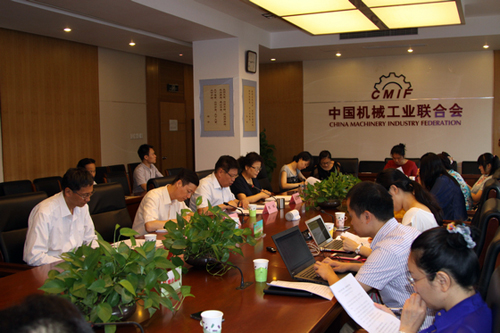
I. Main operating characteristics of the machinery industry in the first half of the year (1) The growth rate of the value added of the machinery industry is lower than that of the national industry.
Since the beginning of this year, the growth rate of the value added of the machinery industry has continued to decline, and the decline has exceeded the expectations at the beginning of the year. From January to June, the added value of the machinery industry increased by 5.7% year-on-year, lower than the national industrial growth rate of 0.6 percentage points in the same period, and lower than the growth rate of the machinery industry by 5.5 percentage points in the same period last year. The increase rate of the value added of the machinery industry is lower than the growth rate of industrial added value. This is a rare phenomenon in the past few years, which has aroused great concern in the industry.
(2) The economic operation situation shows signs of recovery
After the country introduced a series of steady growth policies and measures, its effects gradually appeared. In June, the growth rate of value added of the machinery industry rebounded markedly. In June, it rebounded by 2.2 percentage points from May. Among them, the automobile manufacturing industry rebounded faster, up 3.5 percentage points, especially the low-speed truck manufacturing industry and the tram manufacturing industry rebounded 25.2. 8.1 percentage points. The large-scale motor manufacturing industry rebounded by 4.6 percentage points, the textile, garment and leather processing equipment manufacturing industry rebounded by 10.4 percentage points, and the specialized instrument and meter manufacturing industry rebounded by 6.6 percentage points.
(3) The growth rate of the main business income and benefit indicators dropped significantly
In the first half of this year, the main profit indicators of the machinery industry continued the downward trend since last year.
From January to June, the main business income of the machinery industry was 10.73 trillion yuan, a year-on-year increase of 3.47%. Compared with the growth rate of 11.52% in the same period of last year, it dropped 8.05 percentage points, the growth rate being the lowest in the same period since 2008. From January to June, the machinery industry realized a total profit of 714.5 billion yuan, a year-on-year increase of 0.13%. The growth rate dropped by 19.45 percentage points from 19.58% in the same period of last year. It is the lowest in the same period in the past five years.
However, compared with the national industry, the growth rate of the main business income and profit of the machinery industry is still higher than the national industry 2.07, 0.83 percentage points.
(4) Positive changes in the connotation of fixed assets investment
From January to June, the machinery industry completed a total of 217.77 billion yuan in fixed assets investment, an increase of 9.55% year-on-year. The growth rate was lower than that of the whole society (11.4%) and manufacturing (9.7%) fixed assets investment of 1.85 and 0.15 percentage points respectively. In the same period of the same period, the growth rate of the machinery industry (15.74%) fell by 6.19 percentage points, and the growth rate dropped for four consecutive years. This year, it has fallen back to single digit growth.
It is worth noting that the investment in machinery industry reconstruction and technological transformation in January-June was 565.6 billion yuan, up 22.56% year-on-year, 4.71 percentage points higher than the same period of the previous year (17.85%), higher than the growth rate of machinery industry investment by 13.01 percentage points; In terms of proportion, investment in restructuring from January to June and investment in technological transformation accounted for 25.97% of the total investment in the industry, an increase of 2.76 percentage points over the same period of the previous year (23.21%), driving the investment in machinery industry to increase by 5.24 percentage points.
The change in investment structure shows that the machinery industry is constantly adapting to the new normal, and investment has shifted from large-scale expansion to focusing on connotative development.
(5) Foreign trade imports continue to decline, and export growth rate falls month by month
From January to June, the import and export volume of machinery industry totaled US$332.7 billion, down 4.3% year-on-year; of which imports were US$138.2 billion, down 11.38% year-on-year, and the decline continued for three months. Exports reached 194.5 billion U.S. dollars, a year-on-year increase of 1.46%, and the growth rate dropped month by month. However, exports fell from negative to positive in the month, up 0.73% year-on-year, and the decline was 1.99 percentage points lower than the previous month.
(6) More than half of the product output decreased year-on-year, but most of the decline narrowed
From January to June, among the 119 major product output monitored, 45 kinds of products increased year-on-year, accounting for 37.82%; 74 kinds decreased year-on-year, accounting for 62.18%, and the product varieties that declined year-on-year continued to increase, but 38 The output of the products narrowed down from January to May.
The number of varieties of mechanical products that have declined in the past few years is generally only a minority (10-20% before 2012, around 40% in 2012-2013, and around 30% in 2014), and the first half of this year is enough to see the current industry increase. The speed of the downward speed is indeed large.
From the perspective of products, the output has dropped greatly: First, typical investment products with "strong periodicity" characteristics, such as: construction machinery, trucks, heavy machinery, metallurgical mining machinery, petrochemical equipment, conventional power generation equipment, etc.; It is a common mechanical product with a serious excess capacity, such as ordinary machine tools, AC motors, electric welders, electric furnaces, wire and cable and low-voltage electrical appliances, small and medium-sized general agricultural machinery products, cameras and so on.
Production continues to grow: First, host products that are closely related to consumption, improved people's livelihood, energy conservation and emission reduction, and efficiency savings, such as high-powered tractors, corn harvesters, post-harvest processing equipment and agricultural product processing equipment, instrumentation, and photocopying. Equipment, environmental protection equipment and environmental protection equipment, CNC molding machinery, wind power generation equipment, power transmission and transformation equipment, etc.; second, most parts and components, such as bearings, fasteners, industrial chains, forgings and so on. Their common feature is that they have a “weak periodicity†relative to products that are mainly driven by investment.
(7) The product price index continues to decline
Affected by insufficient demand, the competition in the mechanical products market has become more intense. The overall price level has continued the downturn of the previous year. As of the first half of this year, the cumulative year-on-year price index has been below 100 for 42 consecutive months, and the decline has continued to deepen from the beginning of the year.
Among the 142 major mechanical product prices, there were 96 kinds of products with a cumulative year-on-year price drop, accounting for 67.61%, an increase of 17 over the same period of the previous year; and the cumulative number of products with a year-on-year price increase fell to 43.
(8) Significant differentiation between industries
Since the machinery industry entered the stage of transformation and upgrading, the industry has become more differentiated, and the structural adjustment of the macro economy has had a greater impact on industries with investment products as the mainstay.
The construction machinery industry is a typical industry that serves infrastructure construction. Under the relatively low social infrastructure, production and sales have fallen back. In the first half of the year, the main business income and realized profits decreased by 10.09% and 39.77% respectively. The heavy machinery industry serves the metallurgical mines. Due to the lack of demand in the metallurgical mining industry, the production, sales and profits of the heavy machinery industry have all declined month by month. The profit from the main business income in the first half of the year has increased slightly by 0.45% and 0.36% respectively. The petrochemical general machinery industry was affected by the fall in oil prices, profits fell sharply, investment will weaken, and the petrochemical general machinery industry's production and sales and profit growth both fell.
The food packaging machinery industry related to consumption has grown rapidly in recent years. In the first half of the year, the main business income and realized profit increased by 10.15% and 8.04% respectively. Although the agricultural machinery industry belongs to investment products, in recent years, with the continuous increase of farmers' income and the support of national policies, it has continued to maintain a stable operation. In the first half of the year, the main business income and realized profits increased by 6.98% and 13.78%, respectively. The first in various industries.
The growth rate of the auto industry this year has dropped month by month. In the first half of the year, the main business income increased by 3.87% year-on-year, and the profit decreased by 1.56%. The growth rate of the internal combustion engine industry, which was affected by the impact, was also relatively large. The main business income and realized profit decreased by 4.72% and 14.81% respectively.
Second, the downward pressure forced the enterprise to transform and upgrade, and there are many highlights in the structural adjustment. (1) Accelerated development of products in line with national policy guidance
The new energy vehicles in the automotive industry are growing at a high speed. From January to June, new energy vehicles produced 76,000 vehicles and sold 73,000 vehicles, a year-on-year increase of 2.5 times and 2.4 times respectively. Among them, the production and sales of pure electric vehicles were 49,000 and 46,000 respectively, up 3 times and 2.9 times respectively year-on-year; the production and sales of plug-in hybrid vehicles were 27,000 and 26,000 respectively, up 2 and 1.9 times respectively.
The market share of Chinese brand passenger cars has increased. From January to June, the sales volume of Chinese brand passenger vehicles was 4.18 million units, a year-on-year increase of 14.57%, and the market share was 41.45%, an increase of 3.54 percentage points over the same period of the previous year.
The internal combustion engine industry was affected by the upgrade period of the emission standard upgrade, and the sales volume of internal combustion engine products supporting commercial vehicles and non-road mobile machinery declined. In the face of difficulties, various enterprises have taken various measures to increase investment, research and development and production of high-end products. For example, some enterprises have not lowered the four or six-cylinder machines for agricultural machinery. These enterprises have maintained sales growth in contrarian, and all benefited. Upgraded its products. The core components related to product upgrades, such as superchargers, aftertreatment, fuel systems, etc., have increased to varying degrees.
(2) Paying attention to the awareness of quality and efficiency
Under the severe environment and market pressure, enterprises pay more attention to relying on building product quality to enhance their competitiveness. For example, due to the slowdown in the growth of the heavy machinery industry and fierce market competition, large enterprises have generally begun to pay attention to the quality pass rate of castings and forgings, and significantly improve the intrinsic quality of castings and forgings. At present, the pass rate of large castings and forgings reaches about 98%.
(III) Independent innovation continues to make new breakthroughs
Independent innovations have been reported frequently. For example, the long-term importation of high-head, high-capacity pumped storage units has made breakthroughs in independent innovation. The orders of domestic enterprises in pumped storage power station contracts have increased substantially; the 660,000 kW thermal power unit boilers successfully developed by domestic enterprises are The ultra-supercritical boiler with the highest parameters in the world has a thermal efficiency nearly 2% higher than that of conventional ultra-supercritical units, and the coal consumption for power generation is reduced by 9 g/kWh, saving nearly 30,000 tons of standard coal per year.
Faced with the fierce competition in the traditional machine tool market, machine tool companies rely on technical strength to develop an "i5" intelligent machine tool based on the Internet and advanced error compensation and precision control technology, showing users the operation, programming, maintenance and management to achieve network intelligence. A bright future.
After the successful development of the first one-million-kilowatt nuclear power semi-speed rotor in China, six such rotors have been provided one after another. The size, weight and technical requirements have reached the leading level of domestic counterparts, and all the indicators have reached the standard.
In terms of basic components: the high-end hydraulic parts products have achieved initial success. In the industry, Zhongchuan Hydraulic, Huade Hydraulics, Sany Lilong and other enterprises have made breakthroughs in high-end hydraulic parts for construction machinery, and have been supplied to the market in batches. it is good.
(4) Actively promoted intelligent manufacturing and application
Under the background of the country's strategy of promoting transformation and upgrading of the manufacturing industry, the pace of construction of information technology in China's manufacturing industry has accelerated in recent years. The region's intelligent manufacturing and application areas, represented by the Yangtze River Delta and the Pearl River Delta, continue to expand, with automatic production lines and intelligent workshops. The demand for robots such as modern logistics is rising rapidly.
According to statistics from the China Robot Industry Alliance, China has become the world's largest robot consumer market for two consecutive years. In 2014, the number of robots sold in the Chinese market reached 57,000, an increase of 54.6% in comparable terms, accounting for a quarter of global sales. Among them, the number of locally produced robots is close to 17,000, and the value is close to 3 billion yuan. The growth rate is close to 60% compared with the previous year. In 2015, the number of robots used in China's manufacturing industry will continue to grow rapidly, and the total volume and growth rate are expected to exceed 2014.
(5) New marketing models are constantly appearing
The marketing model of financial leasing began preliminary exploration in a batch of projects such as metallurgy and mining. The obvious improvement in the economic performance of the air separation industry in the general machinery industry was mainly attributable to the successful transformation of the air separation enterprise into the manufacturing service industry in previous years.
Third, the annual machinery industry trend forecast (a) favorable factors
First, the macro policy environment is relaxed. The state has issued a series of policy measures such as steady growth, restructuring, and reform. The macroeconomic situation is expected to pick up further. The supply of energy and raw materials is relatively loose, which is conducive to cost control and efficiency improvement of the machinery industry. The state has introduced many incentives for innovation. Policies, especially the introduction of "Made in China 2025", will certainly accelerate the pace of development of the machinery industry.
The second is the influence of the base number in the previous year. At the beginning of last year, the growth rate was relatively high, and this year's comparison base was raised. Therefore, the year-on-year growth rate of the first half of this year has fallen sharply. However, since the growth curve of the whole year last year was high and low, considering the year-on-year growth rate, this is considered. A situation will be conducive to the gradual recovery of growth in the second half of this year.
Third, some indicators of the industry have good signs. In June, the growth rate of the added value of machinery industry in the month of June showed signs of recovery; the financing environment tends to improve; the purchase price is still low, and the upstream purchase price index is 4-9 percentage points lower than that of mechanical products, which is conducive to the reduction of machinery industry. effect. From January to June, the growth rate of fixed assets investment in the machinery industry rebounded slightly for two months.
Fourth, private enterprises maintain a growth trend. From January to June, the main business income of private enterprises in the machinery industry increased by 7.2% year-on-year, profits increased by 9.38%, and tax revenue increased by 9.55%, both higher than the industry growth level during the same period. In the industry exports, private enterprises increased by 6.76% year-on-year in January-June, while state-owned and foreign-funded enterprises declined year-on-year, and private enterprises generally maintained growth.
(2) Unfavorable factors
First, from the perspective of the machinery industry, the downward pressure is still relatively large. Since the beginning of this year, companies have generally felt that the economic operation has fallen far beyond expectations. The lack of market demand, the reduction of orders, the continuous decline in prices, and the sharp decline in benefits have become common concerns. The situation of weak market demand is unlikely to improve significantly in the short term. According to the survey, the cumulative orders of key enterprises in the machinery industry continued to be sluggish. The cumulative orders of key enterprises in the 1-5 machinery industry decreased by 13.49% year-on-year, and 8.41% year-on-year in January-June. The lack of demand will be an important challenge for the machinery industry in 2015. one.
Second, from the macro environment, there are still many uncertain factors. The current international economic situation is complicated and the market demand is sluggish. China's economic development has entered a new normal state. It is in a critical period of climbing and overcoming difficulties. The downward pressure on the economy is still relatively large, and there are many difficulties. In addition, the machinery industry is investing. In the industry dominated by products, under the premise of weak investment demand and only a small increase in investment in construction and new construction projects, the rebound in demand for machinery industry market is still weak, and the basis for recovery is still not stable.
In terms of various factors, the growth rate in the first quarter of this year dropped sharply, and the situation was severely exceeded. The second quarter slowed down and showed signs of recovery. The growth rate in the second half is expected to stabilize and rebound. It is expected that the annual growth rate will be lower than that of the previous year. The industry is still striving to achieve the expected goals at the beginning of the year. [For details, please refer to: Machinery Industry: Progress in the Basic and Smooth Structural Adjustment of Economic Operation]
Despite the downward pressure, there are national macro-control policies and the encouragement of “Made in China 2025â€. The structural adjustment of the machinery industry will continue to advance, the driving force for endogenous growth will continue to increase, and the overall quality of the industry will improve. The industry has the confidence to overcome difficulties and meet challenges.
The year 2015 is the last year of implementing the 12th Five-Year Plan, and it is also a year to lay the foundation for the implementation of the 13th Five-Year Plan. The machinery industry must resolutely implement the strategic deployment of the central government, accelerate the pace of structural adjustment and transformation and upgrading, further enhance the vitality and innovation of economic growth, and strive to achieve steady and rapid development of the machinery industry.
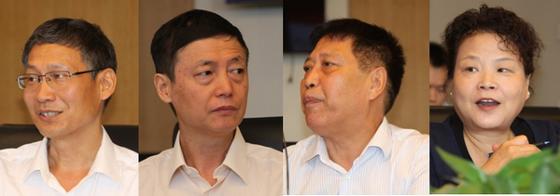
Polypropylene PP fabric non woven geotextile for geobag road landfill mine projects is used to separate,filter,reinforce, protect or drain. Geotextiles are commenly used to separate layers like clay and drainage and to protect liner from damage. Polyester Filament Needle Punched Geotextile was made from virgin polyester chips, the continous filament was extruded from
polyester chip by machine directly by spunbond process. Pet Long Fiber Nonwoven Geotextile punch together to get the stable 3D
with highter strength fabric. so Nonwoven Geotextile Fiber has high strength, good creep property excellent and erosion
resistance, aging-resistance and heat resistance.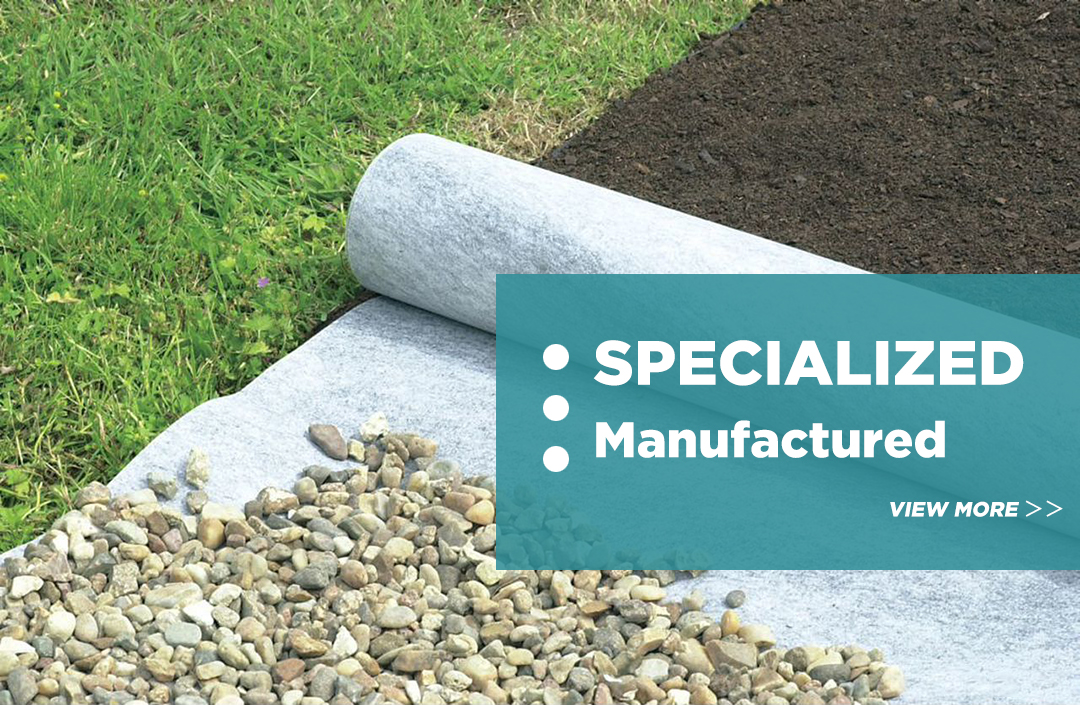
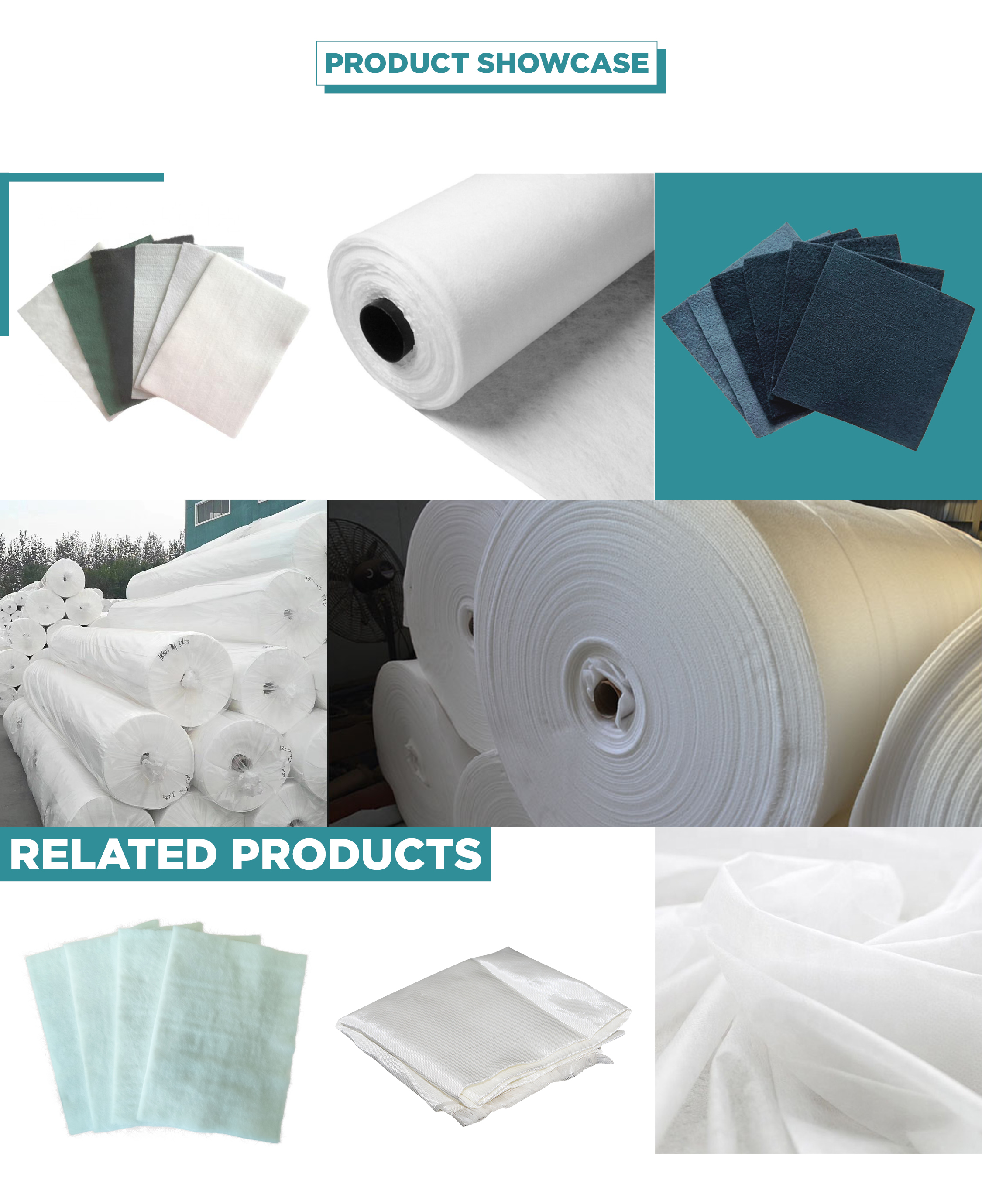 Description:
Description:
Made from PET(polyester) or PP(polypropylene) by nonwoven needle punched manufacturing, it has isolation, filtration, drainage,
reinforcement, protection and maintenance etc. fuction.
Specification:
(1). 80g/m2~1000g/m2
(2). 1m~8m in roll width, the length as client's request.
(3). Color: white , black , green or at your request
Property:
(1). Good flexibility, resistant to corrosion, resistant to acids and alkali, anti-oxidation
(2). Separation, filtration, drainage, reinforcement , protection and maintentance function.
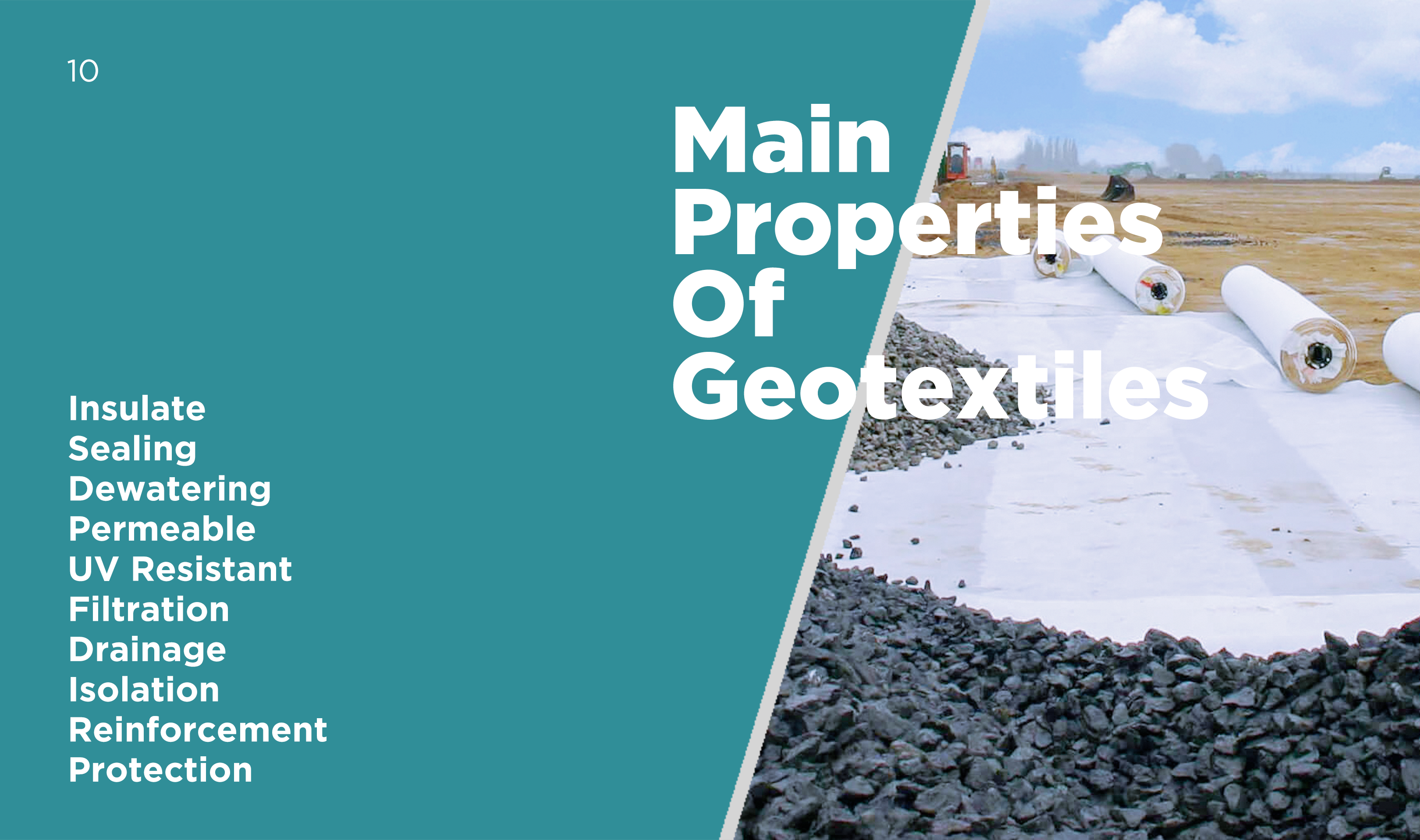
1. UV resistant.
2. High temperature resistance to up to 230℃ maintaining structure stability and original physical properties.
3. High flat drainage and vertical permeability.
4. High creep resistance.
5. Resistance of erosion of chemicals in soil as well as thecorrosion of gasoline and diesel etc.
6. High elongation under certain stress, thus able to adapt to uneven and irregular bases.
Product Application
1.Water conservancy project and hydropower projects.
2.Road paving, railway.
3.Airport and port.
4.River band protection and tunnel.
5. Environmental protection, etc.
 Product Equipment
Product Equipment
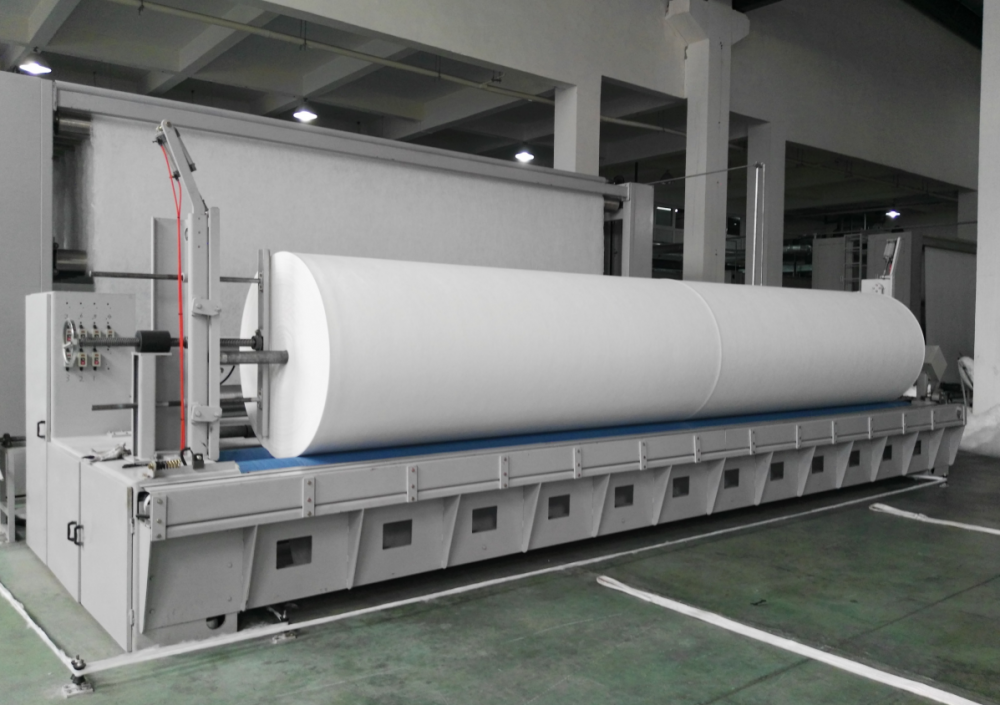

Company Information
Shandong Jinruixiang Geoetextilel Material Co.,Ltd. is a high-tech enterprise which integrates development, design, production, consultation, construction, domestic and international trade of new earthwork synthetic material. The company was established since 2000 and located in No. 10 Yuanshan Road, High-Tech Development Zone, Laiwu district, Jinan City, Shandong Province, China.
The company has specialized in producing geotechnical material including HDPE geomembrane, LDPE geomembrane, LLDPE geomembrane, EVA waterproof board, Composite Geomembrane, polypropylene geotextile, polyester geotextile, woven geotextile more than 15 years. The products are widely used in the field such as the landfill, pond, mine, garden landscape, water conservancy, highway, railway, oil field, biogas, industry and aquaculture etc.
Client Feedback

 Packaging & Shipping
Packaging & Shipping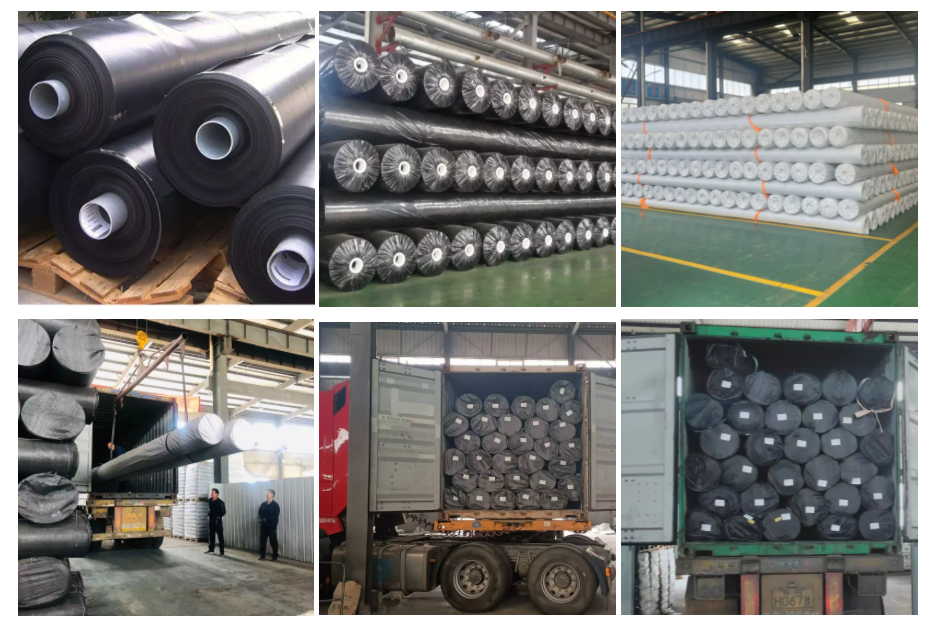 FAQ
FAQ
Q : Are you a factory or trading company?
A : We are a professional manufacturer that specialized in geomembrane, geotextile, composite geomembrane etc with ISO9001 certificate more than 15 years.
Q : Where is your factory located? How can I visit there?
A : Our facoty is located is No.10 Yuanshan Road High-tech Development Zone, Laiwu District, Jinan City China. You can take the plan to Jinan Yaoqiang International Airport, then we can pick you up.
Q : Could you send the sample before order confirmation?
A : Yes, we'd love to send a free sample to you for an evaluation if you need.
Q : How about the delivery time?
A : General within 3-7 days after received the deposit.
Q : Can you produce the product according to customers' requirements?
A : Sure, we are professional manufacturer, OEM and ODM are both welcome.
Q : Are you the Gold and Assessed supplier on alibaba?
A : Yes. We are the gold and assessed supplier on alibaba and has got the factory report by SGS.
Nonwoven Geotextiles,Driveway Geotextile Fabric,Soil Reinforcement Geotextile,Road Construction Fabric
Shandong Jinruixiang Geotextile Material Co., Ltd , https://www.jrxgeosynthetics.com